"London is a crossroads for great creative people"
Dezeen and MINI World Tour: in this movie filmed during London Design Festival, leading figures from London and abroad explore the pros and cons of working in the city and discuss the threats to its status as one of the major design centres of the world.
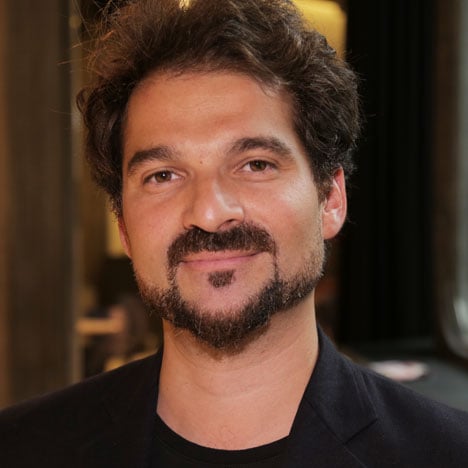
"London is the most international and vibrant city there is, probably worldwide," says Spanish designer Jaime Hayon, who lived in London for three years.
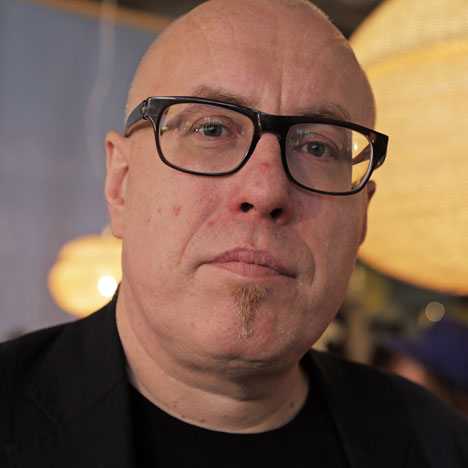
Eero Koivisto of Swedish studio Claesson Koivisto Rune agrees. "It's truly multicultural in the same way New York is," he says.
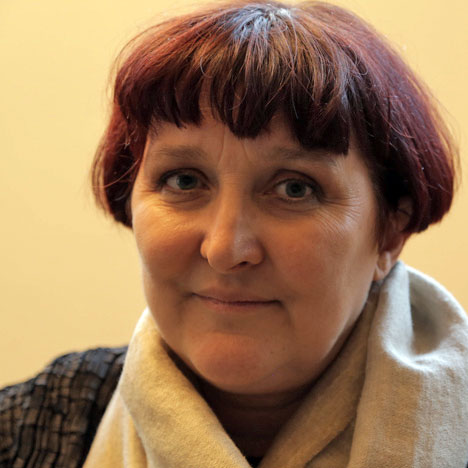
Patrizia Moroso, creative director of Italian brand Moroso, describes the city as "a sort of belly of the world."
She explains: "Many young people, people from all over the world, are attracted [to the city] because London is open."

Being an open city is one of the key reasons for its success, argues Kieran Long, senior curator at the V&A Museum.
"London has always been a place that is incredibly tolerant of new things," he says. "The city is based on immigration."
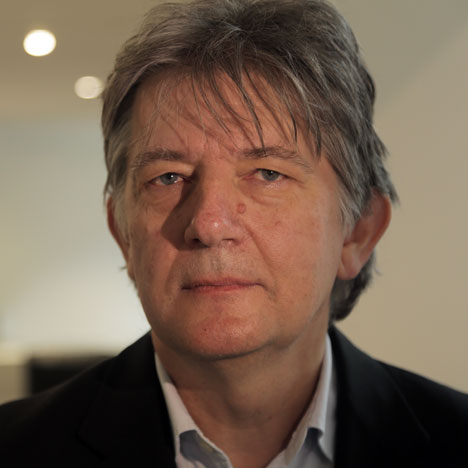
Design Museum director Deyan Sudjic agrees. "London is a remarkably successful place for attracting really smart, bright, gifted young designers," he claims.
However, Sudjic warns that it can also be a difficult place for young designers to start up: "London is a very expensive place to be. You might find yourself migrating right out to the external edges of the city."
"Production is not the most amazing," adds Hayon. "You've got to travel a lot when you're based in London and that's costly and it's complicated if you're setting up a business."
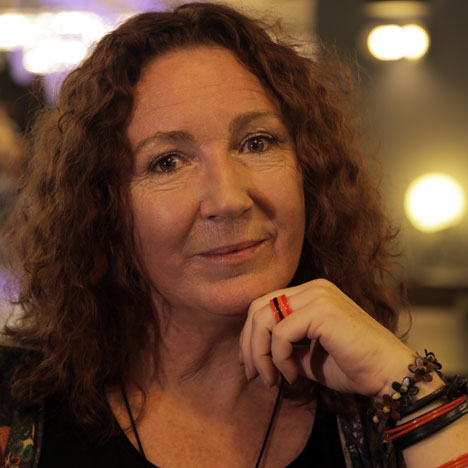
"Many young, fresh designers come from London, but you don't have many strong brands," observes Mimi Lindau of Swedish furniture brand Blå Station.
Sudjic agrees: "London has based its success on 150 years of having great art schools," he says. "[Designers] come to study here and lots of them stay and build a practice, not necessarily based on clients here, but on clients around the world."

London's schools are one of the major reasons for the proliferation of architects based in the city, claims Alex de Rijke, co-founder of architects de Rijke Marsh Morgan and dean of architecture at the Royal College of Art.
"We're spoilt for good schools for architecture here," he says. "The overly large proportion of architects in London is obviously because the education system has been strong here."
However, he adds a note of warning: "Schools are coming under threat from a lack of government funding."
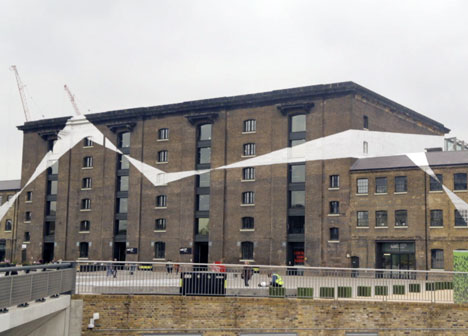
In September, the UK government announced changes to immigration rules that make it more difficult for international students to extend their leave to remain in the country once their course ends.
Long claims the move could endanger London's status as one of the world's leading design centres.
"Any political agenda that tries to limit the influx of international students to the UK is a disaster," he says. "It's a disaster for the schools, it's a disaster for design culture here because, let's face it, there's no manufacturing here, there's nothing else. What we are is a crossroads for great creative people."
He continues: "We should keep London as open a city as it can be."
See our earlier story on how the UK's new immigration laws will affect design »
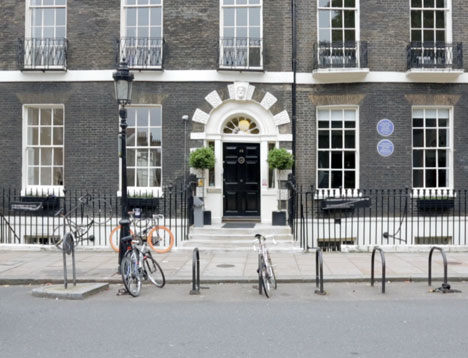
Sudjic agrees that London should not take its position in the design world for granted. "Design is a very competitive process, lot's of places want to be the design capital of the world," he says.
"London is a great place to be, but it can't be complacent. It has to go on being interesting and attracting new people, smart people, and getting them to stay."

We travelled around London in our MINI Cooper S Paceman. The music featured in the movie is a track called Temple by London band Dead Red Sun.
See all our Dezeen and MINI World Tour movies »
See all our stories about London Design Festival 2013 »
